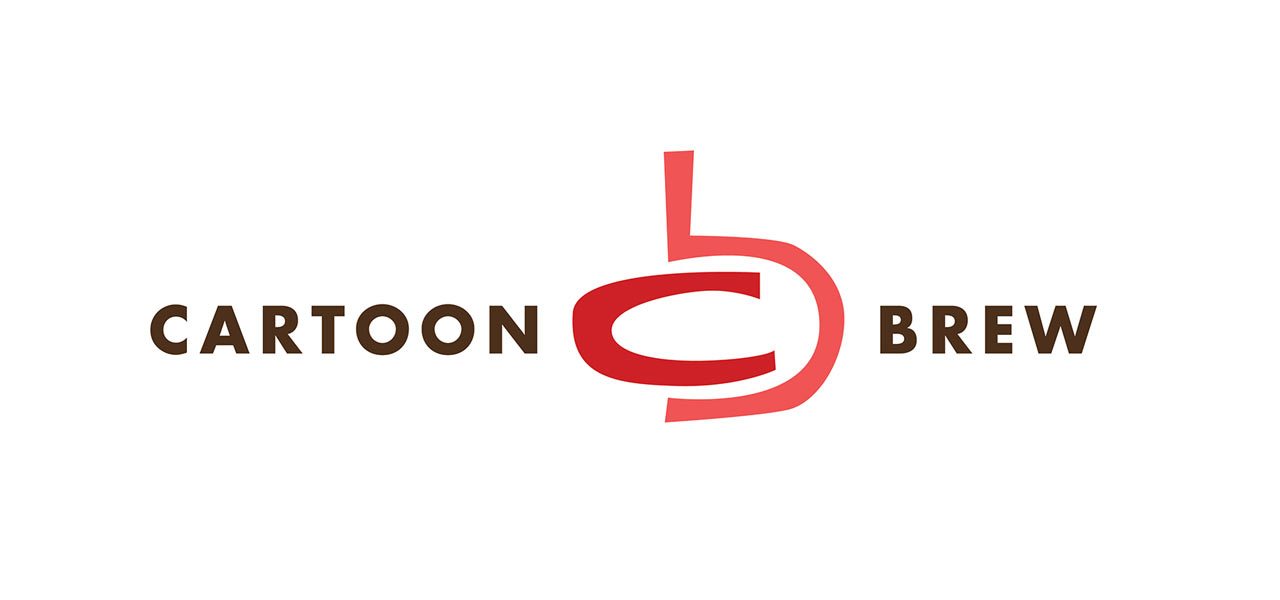

Roger Rabbit CG test
Someone posted a rare 1998 cgi test film for an unmade Roger Rabbit 2. If anyone has any background info on this piece, I’d like to hear about it:
UPDATE: Eric Goldberg, who directed this piece, writes in the comments:
Okay, time to put some things to rest.
Rob, Dave, Tom Bancroft, and Eric Guaglione are all correct. It is indeed CGI, from 1998. I directed both pieces, the 2-D and the 3-D, with a view toward directing the animation in the sequel, being developed by Pocahontas producer Jim Pentecost. While time-consuming in 1998 to get this effect, it was, and still is, ground-breaking in my opinion. As we were completing the 2-D with CG props test, I said to Kathleen Gavin, who was heading up offbeat” projects at the time, “Well, everyone already knows the Roger gimmick of tone mattes. Why don’t we see if we can do Roger himself in CG? If we can animate something as fluid and eminently squashy-stretchy as Roger Rabbit, then we can animate anything in CG.” I was also interested in pursuing it to solve the dreaded “foot-float” problem you get when when roto-ing planted feet to an incrementally moving camera. In this case, Roger was tracked perfectly, the same way the dinos in Jurassic Park were tracked perfectly. Whether we would use the technique or not in the sequel, it was to prove that we could do Disney quality animation in CG, which no one had ever attempted before. The Florida team proved me right, in spades, and major kudos to them all.
The next logical step for the studio was to see if we could achieve that kind of animation without pre-animating it as 2-D first. The result was Magic Lamp Theater, now a popular 3-D stereo attraction at Tokyo DisneySea. Again, expensive to do at the time, but this time I did detailed poses, while the CG guys really did the animation, supervised by Jason Ryan. Flash-forward 12 years later, and the tools to do this kind of work are most certainly available, without the need for special expense.
While the Roger sequel never got made, there were plenty of other reasons for that decision as well, involving then-current studio politics. Also, the too-expensive budget that was being considered was based on the original techniques.
Anyway, that’s the way I heared it, Johnny.
(Thanks, Matthew Gaastra)

.png)